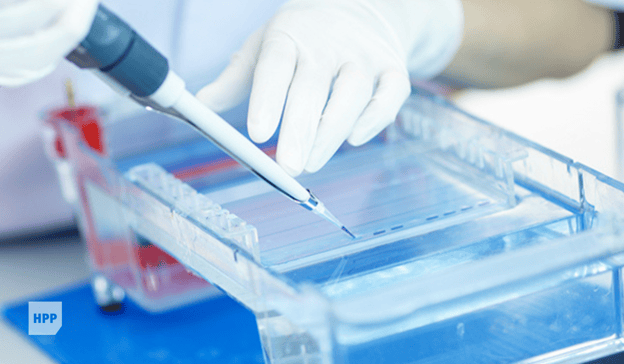In today’s world, “plastic” often carries negative connotations. Images of ocean pollution and overflowing landfills frequently come to mind. In the medical industry, however, plastics play a role that is nothing short of life-saving.
This paradox was never more evident than during the COVID-19 pandemic. Single-use plastics served as a fundamental tool in the fight against the virus. These specialized materials became a cornerstone of healthcare and safety measures during this global crisis.
What are Medical Plastics?
Medical plastics are not your ordinary plastics; they are high-performance polymers specifically designed to meet stringent requirements for biocompatibility, sterilization, and mechanical strength. Medical grade plastics find applications in a wide array of healthcare components.
From life-critical devices like pacemakers to prosthetic limbs and pharmaceutical packaging, medical plastics are critically important. The global medical plastics market size continues to grow from its $22.2 billion valuation in 2019.
Safety Measures During COVID-19
Personal Protective Equipment (PPE)
In the age of COVID-19, the acronym PPE became part of the global lexicon. Polypropylene and polyethylene are plastic materials used to fabricate items like gowns, gloves, face shields, and N95 masks. These plastics are lightweight, making them comfortable for prolonged wear, and offer an effective barrier against microbes and fluids. Proper use of PPE significantly reduces the risk of viral transmission among healthcare workers.
Single-Use Instruments
Cross-contamination in medical settings can have dire consequences. To minimize this risk, many medical procedures have shifted towards using single-use plastic instruments. These include items like syringes and wound dressings, as well as catheters and components for ventilators. By adhering to stringent sterilization cycles, these plastics ensure patient and healthcare worker safety.
COVID-19 Testing Kits
Testing has been a cornerstone of understanding and controlling the COVID-19 pandemic. Plastic is the material used to make swabs, tubes, and vials used in testing kits.
These medical plastics meet rigorous standards for sterility, durability, and chemical resistance, ensuring the accuracy and reliability of test results. Rigorous quality control measures provide the efficacy of the plastic materials used in these kits.
Environmental Concerns and Innovations
The uptick in the use of single-use plastics for combating COVID-19 did pose environmental challenges. Landfills and oceans were both affected by improperly discarded PPE. However, scientists and the medical community have been actively researching eco-friendly alternatives.
Initiatives are underway to develop biodegradable medical plastics and to sterilize and reuse PPE safely. This will help balance safety and environmental responsibility.
Often viewed as environmental villains, plastics morph into unsung heroes in medical applications. The COVID-19 pandemic provided a compelling case study of this dichotomy. We must find a way to balance the life-saving benefits of medical plastics with long-term environmental considerations. As technology evolves, the industry is optimistic about making these materials safer and more sustainable without compromising their life-saving capabilities.
Medical plastics stood firm during the Pandemic, protecting healthcare workers and patients. They also enabled essential diagnostic procedures and treatment protocols, facilitating a robust healthcare response in unprecedented times. We should be aware of the value of these specialized plastics in a post-pandemic world.



